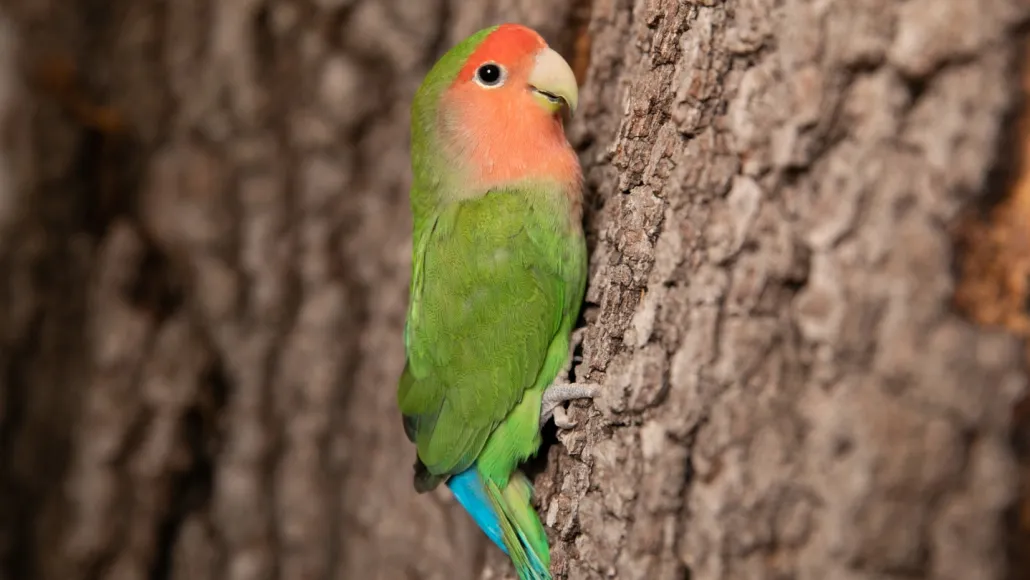Parrots are not merely casual observers in the tree canopy; they are masters of mobility.
In a revelation that underscores their adaptability, researchers have unveiled a new locomotive technique employed by these colorful avians. Dubbed “beakiation,” this innovative gait allows parrots to traverse narrow branches with finesse, utilizing their beaks in tandem with their feet to swing their bodies sideways along the precarious pathways. The findings, detailed in a report published on January 31 in Royal Society Open Science, shed light on the remarkable versatility of parrot anatomy.
According to biomechanist Michael Granatosky of the New York Institute of Technology in Old Westbury, parrots possess specialized adaptations for tree-climbing and maneuvering. Yet, the question lingered: how would they fare navigating the smallest and most challenging branches?
To unravel this mystery, Granatosky and his team conducted experiments involving four rosy-faced lovebirds (Agapornis roseicollis). Placed on a suspended bar a mere 2.5 millimeters in diameter, the birds intuitively devised a strategy to traverse it, utilizing a cyclical side-swinging motion involving their beaks and feet. Astonishingly, the lovebirds achieved an average speed of 10 centimeters per second with each stride, showcasing their ingenuity in adapting to novel challenges.
“This wasn’t a behavior the parrots were trained to perform,” remarked NYIT biomechanist Edwin Dickinson. “It was a spontaneous solution to an unfamiliar problem.” Indeed, parrots have long been celebrated for their cognitive prowess.
The researchers meticulously analyzed the energy efficiency of beakiation, revealing that the birds recovered approximately 24 percent of the energy expended during each swing. While this efficiency pales in comparison to the nearly 80 percent recovered by gibbons during their swift brachiation between branches, it highlights the calculated and deliberate nature of beakiation.
“I view beakiation as just one of the many ingenious locomotive strategies employed by parrots,” remarked biomechanist David Lee of the University of Nevada, Las Vegas. Given their habitat in dense forests and the challenges of flight, parrots must navigate intricate 3-D environments, relying on their resourcefulness to traverse the terrain.
